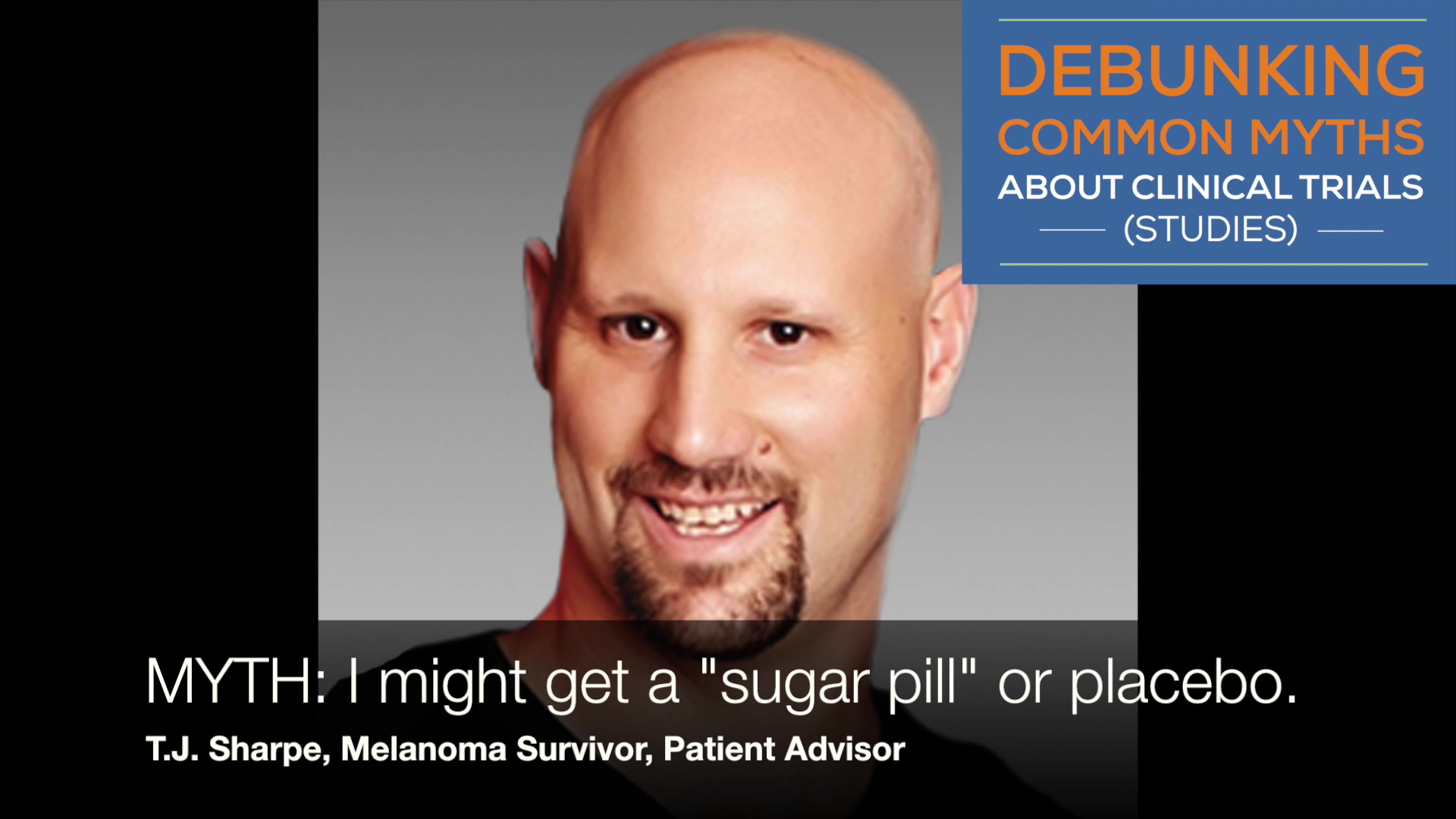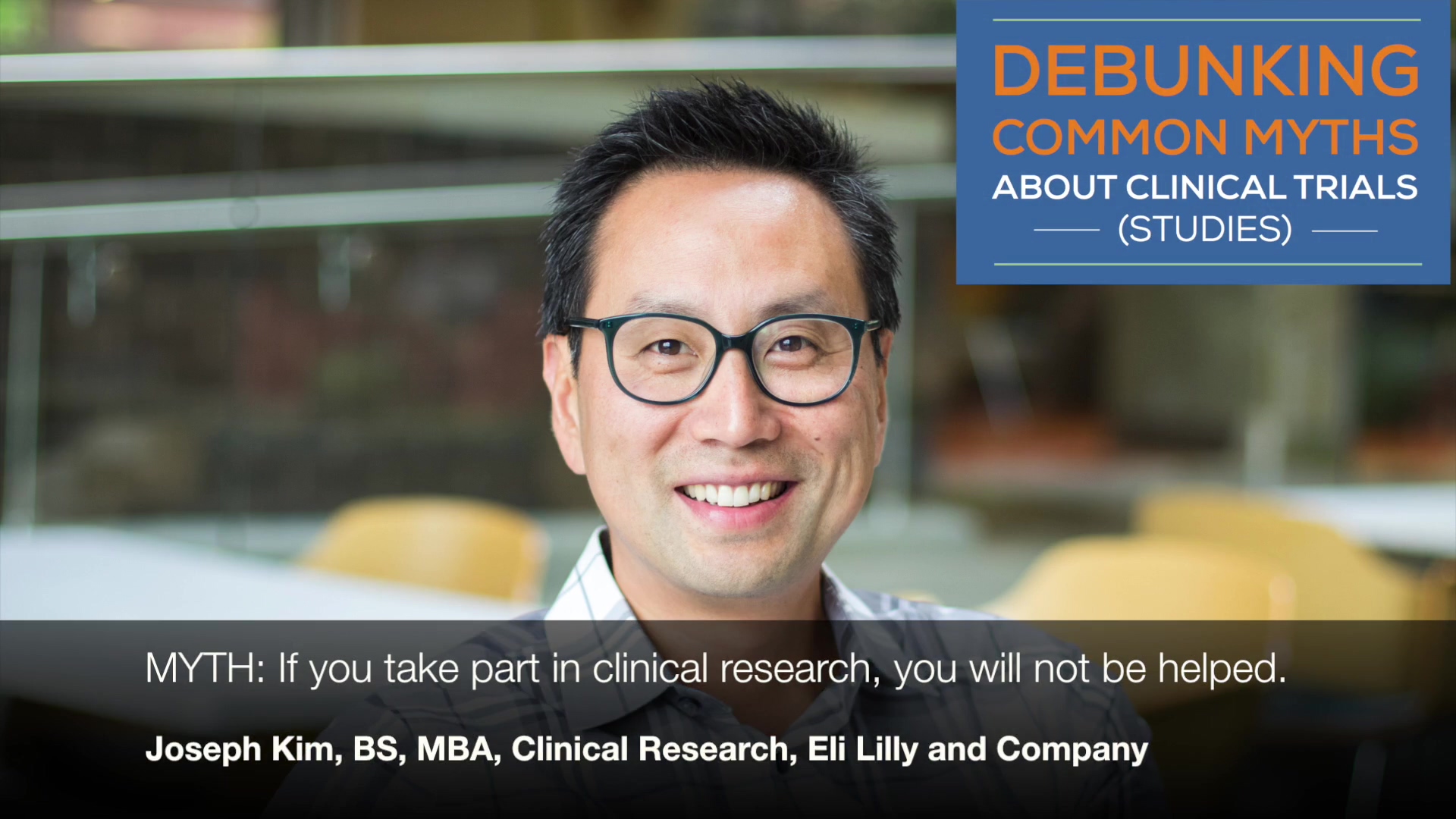July 10, 2019
Clinical Trial Myth #4: If You Try To Get Into Clinical Research, You Will Not Be Eligible
Written by: 4G Clinical
4G Clinical is proud to support CISCRP (Center for Information & Study on Clinical Research Participation) in increasing clinical trial literacy through a series of educational videos on debunking common myths in clinical research. These videos feature patient, site, sponsor and industry stakeholder perspectives to directly address a variety of misconceptions surrounding trials.
In the fourth video of the Debunking Common Myths in Clinical Research series, Joseph Kim from Eli Lilly and Company discusses patient eligibility and the need for strict criteria within the enrollment process.
Related Videos:
 |
 |
 |
Read the transcript:
Hi, my name is Joseph Kim. I work for Eli Lilly and Company in their Clinical Development group. I'm also the host of Lilly's podcast, the Elixir Factor. It's a show about science, the stories that inspire innovation and the resilience required to change history.
I'm here to talk to you today about clinical research, actually some of the myths around clinical research, one of which is "if you try to get into clinical research, usually the clinical trial team will tell you you're not eligible" and that seems unfair. While that may seem unfair to the individual patient, it's actually quite fair. And I will tell you what I mean by that.
So when we do research we need to create pretty strict criteria as to who can be part of the trial or not. Not because we are trying to favor one group or another but in order to test something fairly, you really need to have some strict criteria around who can join or not.
So I'll give you an example to try and help you understand:
Let's say I came up with an exercise routine called Joe Kim's exercise routine and I was going to make a claim that this is better than diet and exercise, this is better than CrossFit or Zumba, or whatever, and to prove that, I was going to test it head-to-head with something like that. In order to do that, I have to enroll volunteers. So let's say I didn't make any criteria around who could join; I would take professional athletes, I would take people who've been on the couch for the last 10 years, I would take teenagers, the elderly, the sick and the well. So let's say I invited all those people to be part of the head-to-head competition. Half went into my exercise routine and half of them went into Zumba and diet and exercise. And let's say after I tested the routine all of my people, they lost 20 lbs, right? You could start to poke holes in that research because first you'd say, okay so tell me who was part of that group? Who was part of your exercise routine? Were these all athletes? Were these all the elderly? Or were these people who haven't worked out at all in the last 10 year and of course they're going to drop 20 lbs, right? An elite athlete, he or she is going to lose a pound or two because they're already at their peak performance.
And certainly, if I didn't take care to evenly distribute the different kinds of people or worse --maybe I stacked the deck and put all of the people who haven't done exercise in 10 years into my routine and all of the elite athletes into Zumba and diet exercise..hey, maybe those people all gain weight and all of mine lose.
So that wouldn't be too fair, would it? So what does that mean? Does that mean we have to look for the specific kind of perfect patient who doesn't exist? No, often times, we as an industry, create eligibility criteria that are not as realistic as we would like. Or are as realistic as they are prevalent in the world. So it is important for us to create a patient profile that we're looking for that actually is prevalent. In other words we don't want to be looking for men who ask for directions when they are lost. Those people don't exist. We want to look for men who often ignore their spouses and drive in circles until they get out of the forest.
So anyway, my point is, if we don't create strict criteria around who can enter into a specific trial, we're never going to know the truth of whether the drug actually works or doesn't work or maybe it was the kind of people we enrolled. Because at the end of the day I think the most unfair thing to the world would be to approve a potential medicine that actually doesn't work or maybe worse, not approve a medicine that actually does work.
So this is all about experimental design, and the kinds of patients we enroll in our studies. Hope that helps.
Tag(s):
Industry Voices
